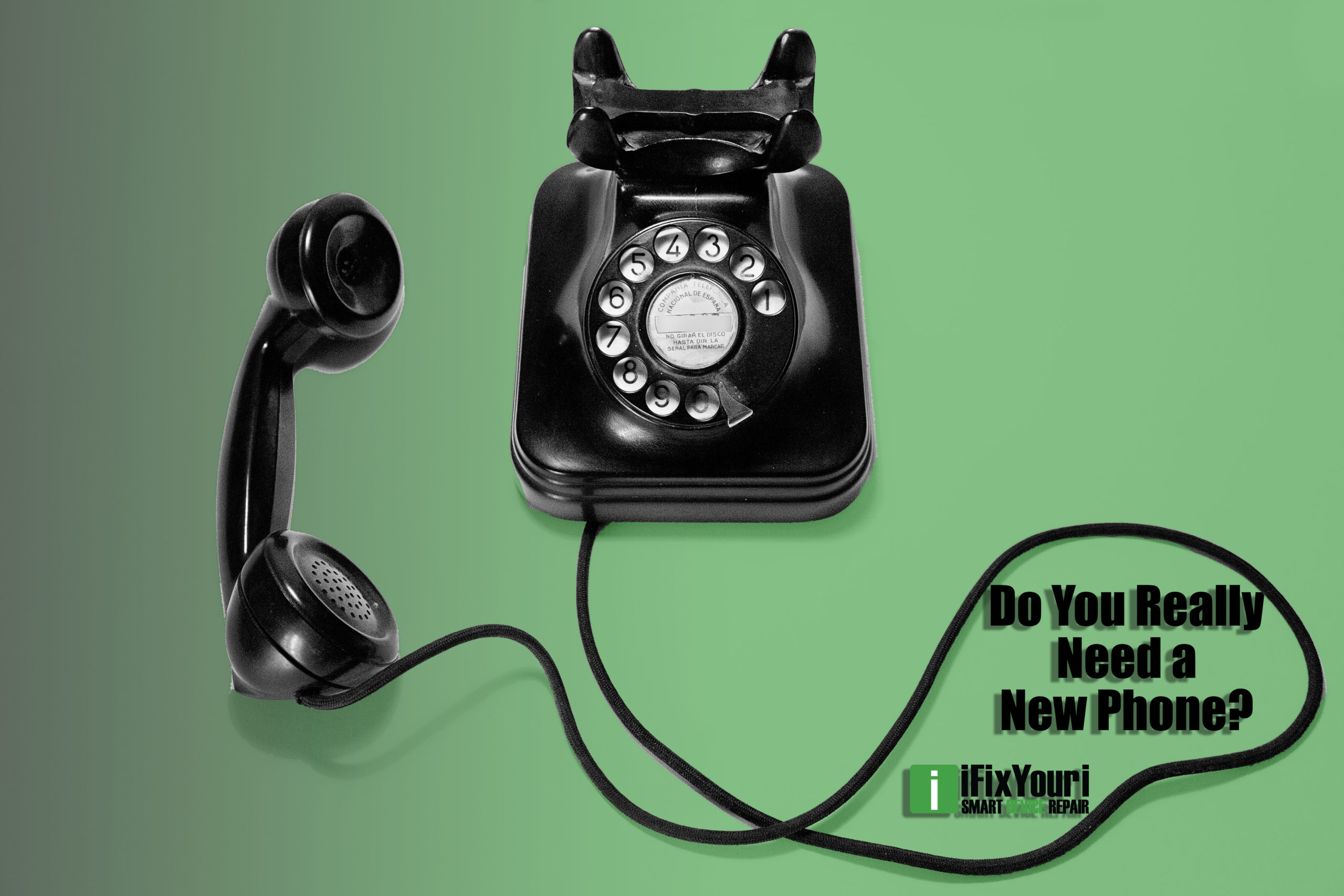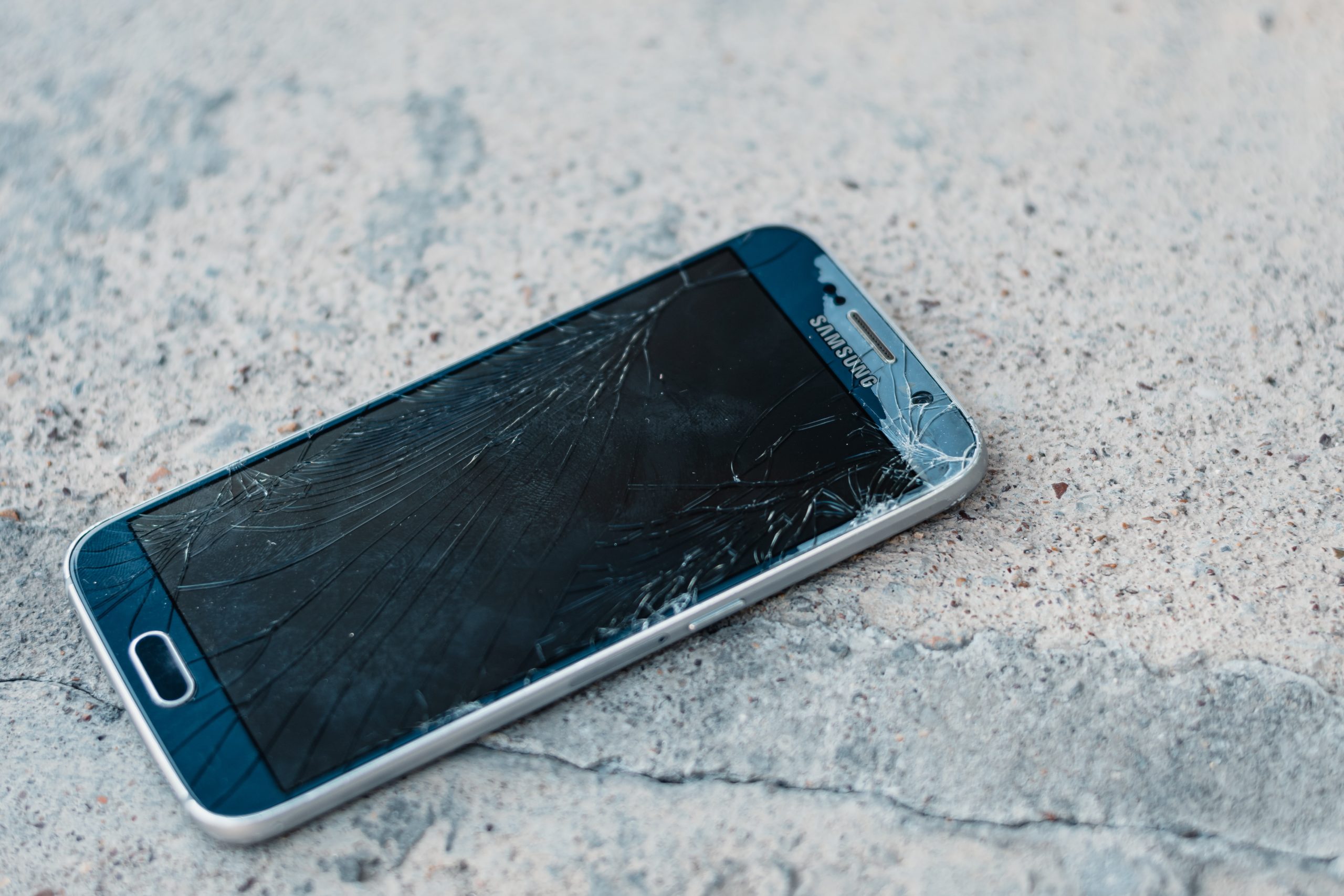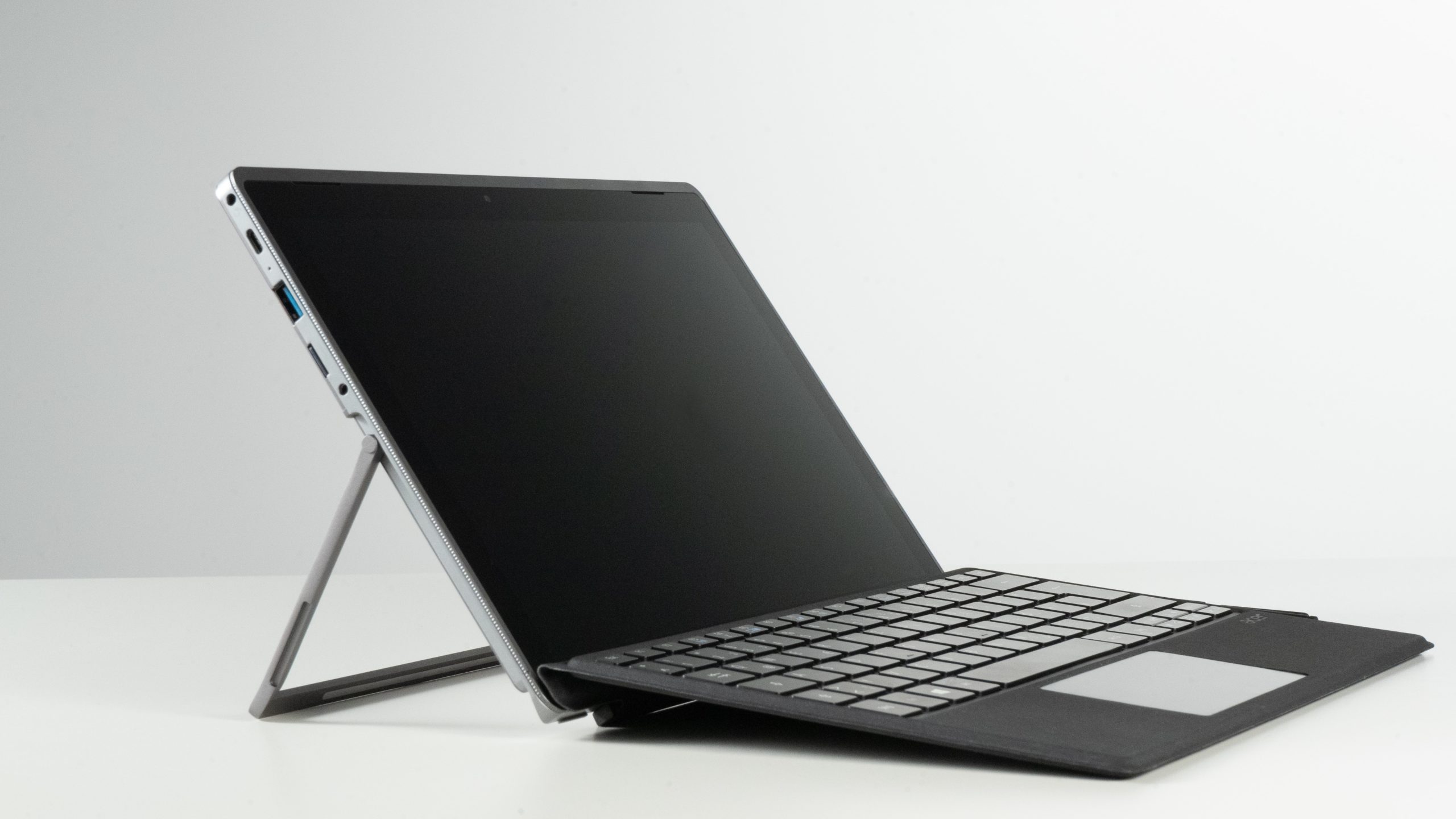Typically towards the end of the year, tech companies release their line of new phones. Even though shiny new gadgets are tempting to purchase, especially for the holidays, they are not always worth it or necessary. So, do you really need a new phone? Not really.
Before you read about why a new phone is not necessary, we must acknowledge that there are certain cases in which you really do.
Why You Need a New Phone
If a tech repair company with expert technicians can’t even fix your device’s problems, it is time to get a replacement.
Your Phone is Outdated
The 2000s called and they want their flip phone back (even though they are slowly coming back in style). The same goes for First Gen smartphones that aren’t so smart anymore.
These types of phones are outdated in appearance and performance. Companies such as Apple only support their devices for a certain period of time. For example, iOS 14 is only compatible with the iPhone 12 Series and a few of its predecessors. If you have an iPhone 6 or later, Apple can no longer support it.
This may not be an issue for you if you don’t mind missing out on the latest features. But not being able to update your device is worrisome because updates help prevent bugs, hacking, and performance issues.
Another way to tell if your device is outdated is if you are still using a 3G network. A 4G network is 500 times faster than 3G, and 5G is at least 10 faster than 4G.
Your Photos are Videos Are Poor Quality
Many people purchase a phone for its camera and video quality. They can’t be blamed though. The iPhone 12 and other high-end devices have 4K video quality and take HD photos. Older devices were not made popular for their camera quality, being that the end results are grainy and blurry.
If you want to document events with your camera phone but the quality is too poor, this is the perfect excuse to upgrade!
You Don’t Have Enough Storage
If your device can barely manage to store a 30-second video or a couple of photos, you need an upgrade. There are ways to make more space on your phone, but if you want to keep everything close by, 16 GB is not going to cut it.
Now, many smartphones have up to 256 GB of storage.
Your Phone Isn’t Your Style Anymore
Whether you have owned your current phone for 5 months or 5 years, if it no longer serves any purpose to you or is simply not your style anymore, you might as well get one that fits you best. You may own a smartphone but now want a flip phone. Yours may be red but you prefer blue. You may even want to switch brands completely.
Why You Don’t Need a New Phone
If you damage your device in any way, your first thought may be to replace it with a new one. Rather than waste your money, bring your phone to a tech repair shop such as iFixYouri, where expert technicians will repair your tech efficiently for a great price.
Repair your phone with iFixYouri if it has:
- Poor battery life
- Shattered glass
- Broken buttons
- Broken battery
- Water damage
- Won’t charge properly
If you are looking to buy a new phone, be sure to check out Tech Reboot for the most money guaranteed.
Do You Really Need a New Phone? Not Really. By iFixYouri.








